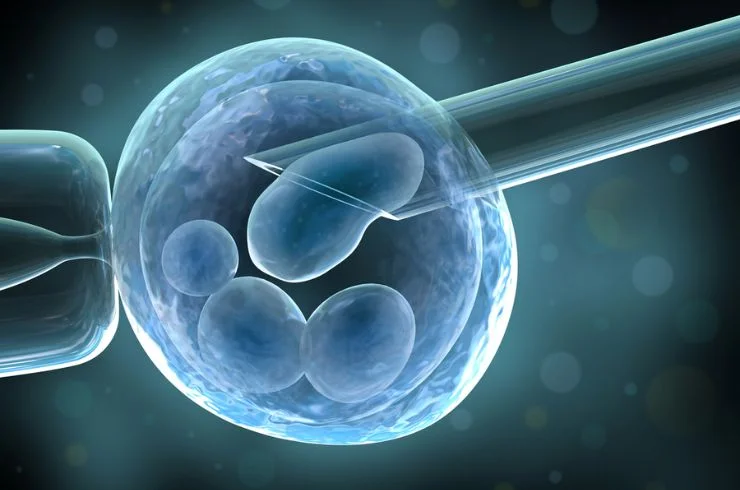
Diagnostic laparoscopy is a minimally invasive surgical procedure that allows healthcare providers to examine the abdominal and pelvic organs using a small camera, called a laparoscope, inserted through tiny incisions in the abdomen. This procedure is particularly useful for evaluating the fallopian tubes, uterus, ovaries, and surrounding structures in women experiencing difficulty conceiving.
Purpose of Diagnostic Laparoscopy and Tubal Testing
Identifying Causes of Infertility:
Tubal Assessment:
The Procedure
Preparation:
Anesthesia:
Surgical Process:
Treatment Options: